This has happened to most of us at some point or another. You come upon a tube with no markings whatsoever mixed in with a bunch of miscellaneous tubes. Or, like I just did, you get a “lot” of tubes from a reseller and most are marked but a few are wiped clean. But how does one go about positively identifying the mystery tube? Especially with the numerous types of 7 and 9 pin miniature tubes in existence this can seem to be a rather daunting task. However, just like a game of “20 Questions”, it is actually simpler than one might think.
Recently I received just such a tube. It is a 9-pin miniature base receiving tube. Here it is in all it’s totally unmarked glory.
I thought I might just walk through how I managed to positively identify this tube from all the possibilities. Call it an exercise in deduction.
When dealing with miniature tubes (or coin base octals) I always begin by attempting to identify the pinout. Because the connections are all visible all this requires a good magnifying glass and a good light. From the construction this is obviously a dual element tube (likely a dual triode). By examining the dual heater structure I quickly identified pins 4 and 5 as each going to one heater and the connection between heaters going to pin 9. This left three pins to each element.
By looking at the tube around the heaters and its connection, I identified the cathodes as pins 3 and 8. Likewise, the rods that support the grid protrude through the lower mica plate. These connections are the grids and connected to pins 2 and 7. Finally, the plates of each element were connected to pins 1 and 6. From this point I grabbed my copy of the RCA RC-30 Receiving Tube Manual. A quick check of the Terminal Connections Table (p613) allowed me to identify the base pinout as ‘9A’, a rather common pinout for dual triodes.
From this point I flipped back a few pages to the “Terminal Diagram Designations vs. Type Number” table (p594). From here I extracted a list of all the common receiving tubes with the 9A base pinout. Here’s the list.
At first this list looks rather daunting. However, there are multiple entries for virtually identical tubes. This list actually contains American, Industrial, and European equivalent numbers for the same types. For example the 12AU7, 12AU7A/ECC82, 5814, 5963, 6680/12AU7A, B329, B749, E82CC, ECC82, and ECC802 are all functionally the same type. This allowed me to significantly reduce the list of tubes to only functionally unique entries.
With this reduced list of tubes I turned now to the tube envelope. Referring back to the ‘Outlines’ section of the RC-30 manual (p633) I took a look at the dimensions for the T6-1/2 9 pin miniature envelope. The measurements of my tube most closely matched the ‘6E’ envelope. Now, going down my list, I identified all the tubes with a 6E envelope. There were only three; the 12BH7, 12BZ7, and 12FV7. At this point it was time to do some electrical testing. I decided to use my new test jig.
The first thing I did was pull the data sheets for the three different tubes and take a look at the heater requirements. All were 12.6v, two were 300mA, and one was 450mA. So the first thing I did was power the filament with 12.6v and looked at the current draw. Here’s the readout on my bench supply.
This result clearly eliminated the 12FV7 and its 450mA heater leaving just the 12BH7 and the 12BZ7. The 12BH7 is a medium µ triode and the 12BZ7 is a high µ triode. So decided to perform a simple load line study. I set the HV bench supply for 300v, set the plate loads to 100kΩ, and the cathode loads to zero. Then I measured the plate voltage on both triodes. The voltages were 29.2v and 28.9v. Unfortunately, these voltages were in the vicinity of the load line interceptions for zero grid voltage on both sets of plate characteristics. I needed more data.
So I increased the cathodes load until I got 1v of grid bias for both sides of the tube. The resultant plate voltages were both 37.7v This change of ≈9v for a 1v change in grid voltage did not suggest a high µ triode. This change in grid voltage on the 12BZ7 should have pushed the plate voltage up to around 120V. So I was pretty sure I was working with a 12BH7. To make sure I took a few more data points.
I checked the plate voltages at the additional grid voltage biases of 3v, 5v, and 8v. Here are the plate voltages plotted on a load line for the 12BH7 for all the grid voltages.
This is actually a very close match to the average characteristics for a single sampling. And both triodes seem to track each other fairly well. Given these results I am confident that my mystery tube is in fact a 12BH7 or equivalent tube.
I just wanted to walk through this example to demonstrate how straight forward it can be to identify unmarked tubes. I hope people will find this helpful.
As always, questions and comments are more than welcome.

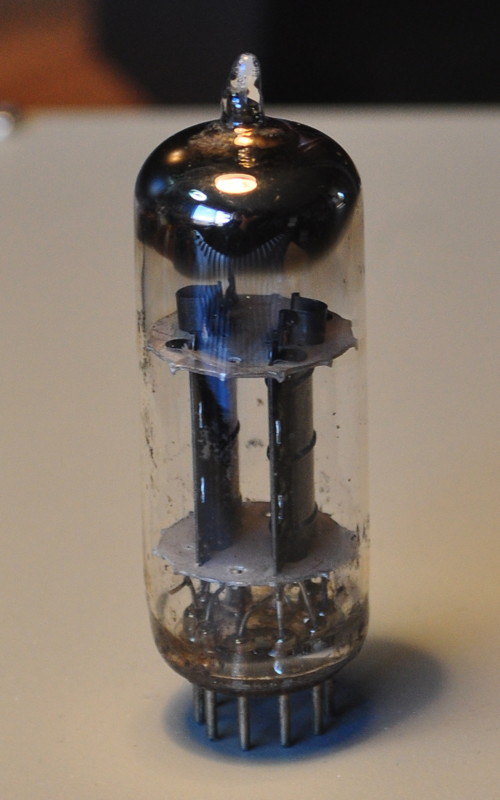
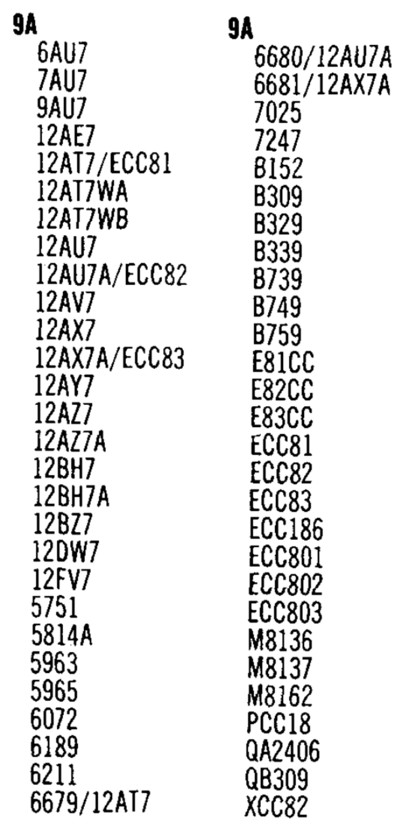
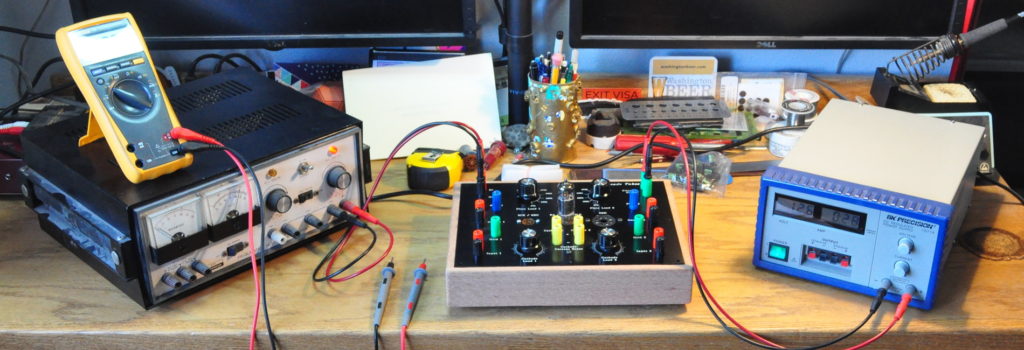
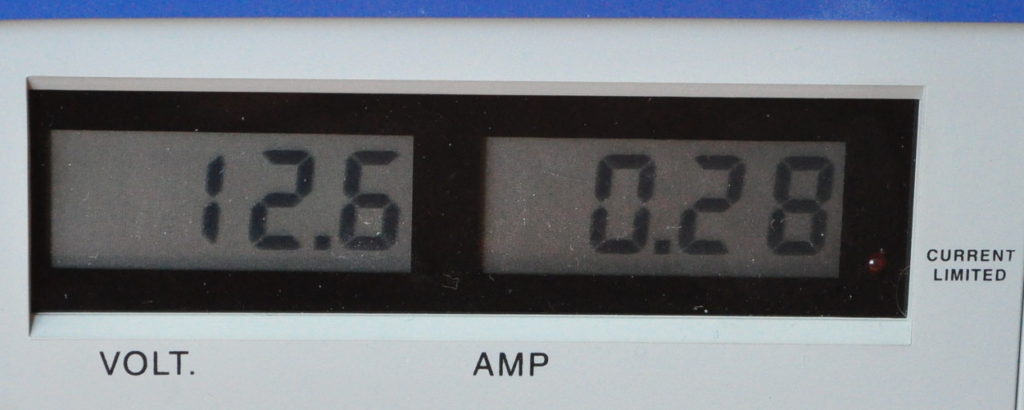
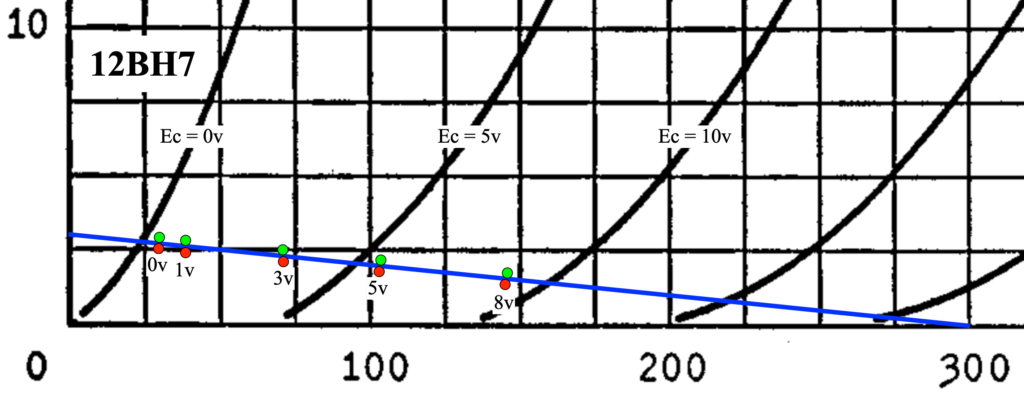
Nice write up.
Well done. I have a few unmarked tubes myself that I haven’t tried identifying yet. Maybe this will push me into doing it finally. The 12BH7 is a good tube. I use one in the driver stage in the Marblewood with a pair of 6W6’s in the power stage. It seems to sound the warmest with good separation with this tube compliment.
I agree. I view the 12BH7 as a warmer and more mellow version of the 12AU7. With it’s slightly lower µ and much lower plate resistance I like how it performs in a number of preamp and driver applications. Now I have another one to play with.